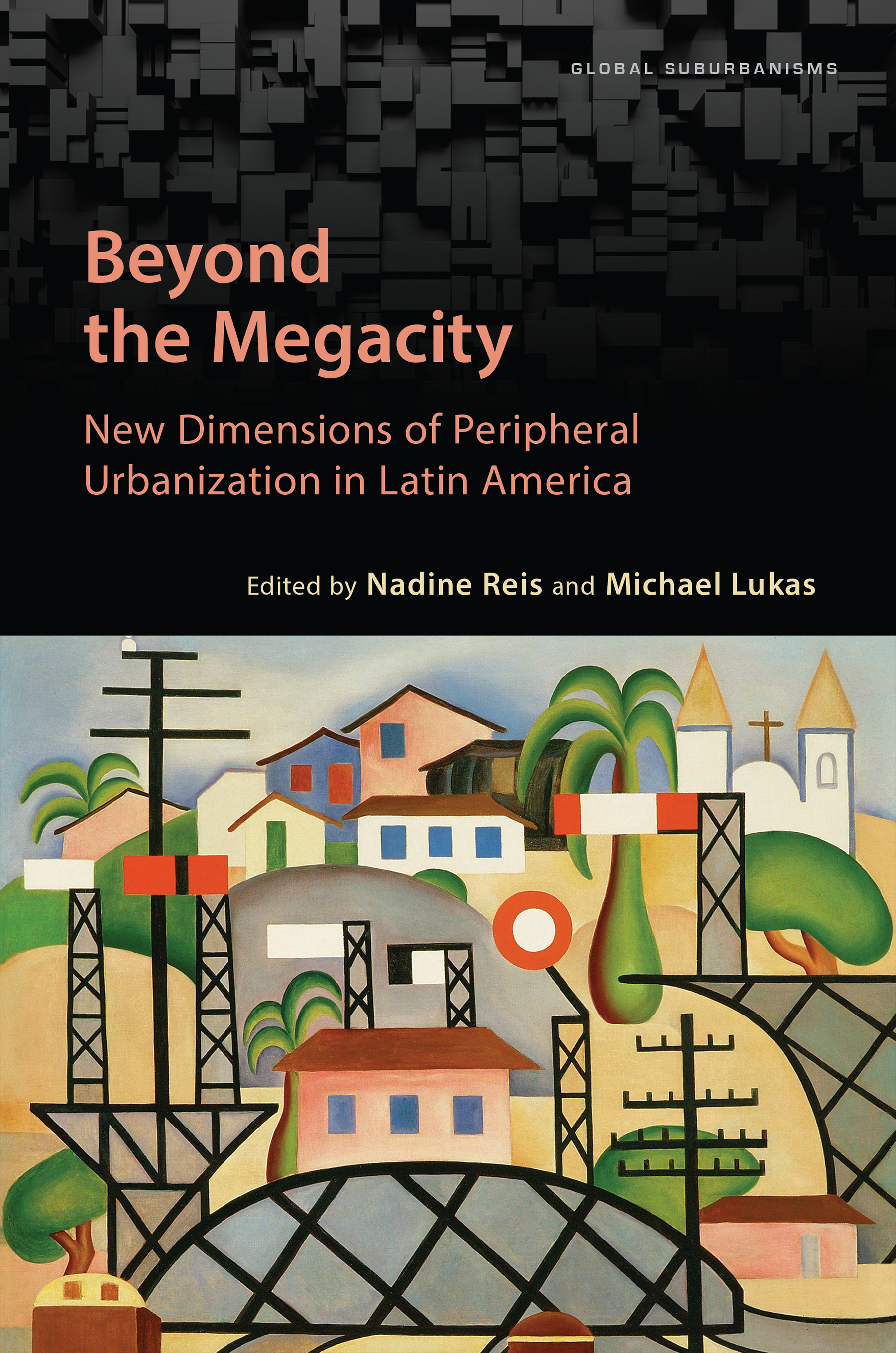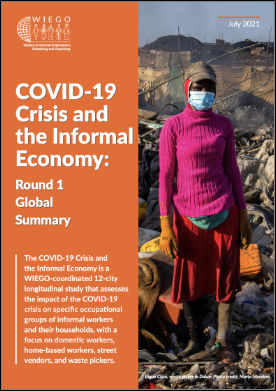- Who We Are
- How We Work
- Regional / Country Initiatives
- Legacy
- Core Themes
- Working Groups
- Portfolio & Results
- Newsroom
- Resources
CIVIS March 2011: Is There Really So Little Urban Poverty in Sub-Saharan Africa?
This latest edition of the Cities Alliance CIVIS Notes series, titled Is There Really So Little Urban Poverty in Sub-Saharan Africa?, argues that the scale of urban poverty in Sub-Saharan Africa is under-estimated and growing rapidly.
This latest edition of the Cities Alliance CIVIS Notes series, titled Is There Really So Little Urban Poverty in Sub-Saharan Africa?, argues that the scale of urban poverty in Sub-Saharan Africa is under-estimated and growing rapidly. Today, between 30 and 55 per cent of the region’s 300 million urban dwellers are poor – a significant percentage of the total population.
The authors, Diana Mitlin and David Satterthwaite of the International Institute for Environment and Development (IIED), suggest that a primary factor for this under-estimation is the misleading use of the poverty base line of $1 or $1.25 a day per person. This base line is predicated almost entirely on the cost of food and does not take non-food requirements into consideration, which can differ significantly between urban and rural areas.
In urban areas, for example, low-income households have considerable non-food needs, including rent, high water prices, and transport costs. When these non-food needs are taken into consideration, even if these are met inadequately, the costs in cities and many smaller urban centres are much more than $1 or $1.25 per person per day.
The authors caution against under-stating rural poverty or using data selectively to bolster the case for more attention to urban poverty in ways that underplay rural poverty. However, they contend that a commitment to poverty reduction needs to recognise that it requires strong rural and urban com¬ponents and an understand¬ing of how rural-urban links influence poverty (or less poverty).


